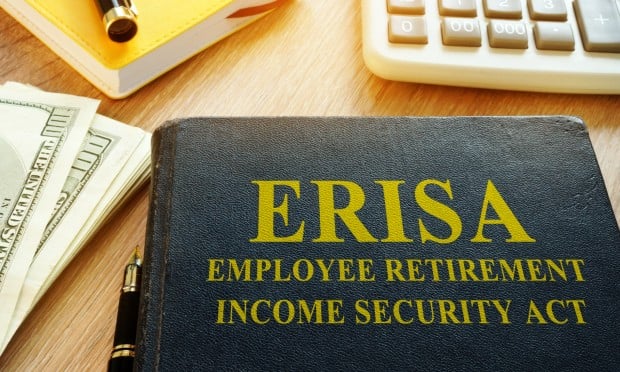After correcting employer-imposed job tenure requirements, only 58 percent - or 44 million - of U.S. private-sector employees were provided paid sick days in 2010, according to new research from the Institute for Women's Policy Research.
Based on a recent estimate from the U.S. Bureau of Labor Statistics using data from the National Compensation Survey, IWPR's estimate is 4 percent higher than the majority, though NCS data does not consider employees who are not yet covered for paid sick days because of job-tenure requirements. Employees typically wait an average of 78 business days, amounting to about 3.5 months, before access to paid sick days is available to them.
"The fewer the number of workers who are able to stay home when sick, the more likely it is that diseases will spread, increasing health care costs and causing needless economic losses," says Dr. Robert Drago, director of research with IWPR. "We saw this during the 2009 H1N1 influenza pandemic when workers without paid sick days were more likely to go to work while infected with H1N1."
Continue Reading for Free
Register and gain access to:
- Breaking benefits news and analysis, on-site and via our newsletters and custom alerts
- Educational webcasts, white papers, and ebooks from industry thought leaders
- Critical converage of the property casualty insurance and financial advisory markets on our other ALM sites, PropertyCasualty360 and ThinkAdvisor
Already have an account? Sign In Now
© 2024 ALM Global, LLC, All Rights Reserved. Request academic re-use from www.copyright.com. All other uses, submit a request to [email protected]. For more information visit Asset & Logo Licensing.








